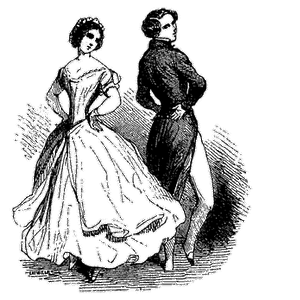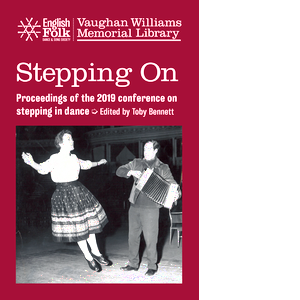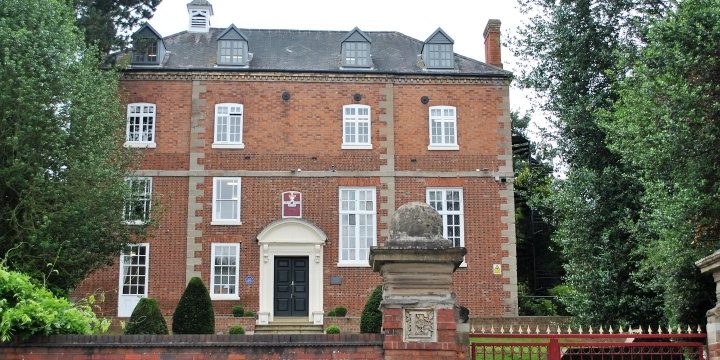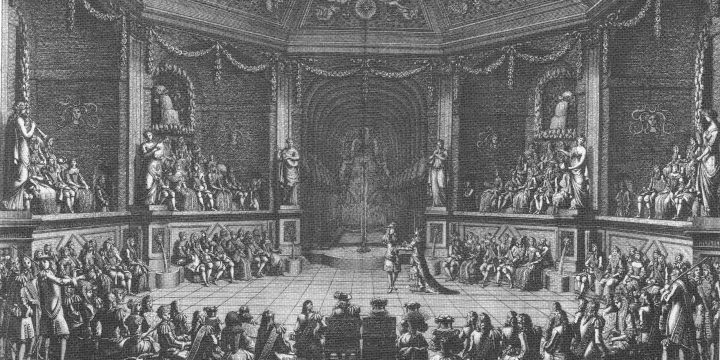
Dances of Fashionable Society
Cotillons, quadrilles and country dances from the ballrooms and dance halls of Georgian and Victorian England St Pancras Church Hall, 1 Lancing Street, London, NW1 1NA. (Off Eversholt Street, beside Euston Station. Ring doorbell for entry.) Saturday 23rd September 2023 10.30 – 4.30 (arrival from 10.15) The workshop is led by Libby Curzon of Mrs Bennet’s Ballroom to launch the publication by the Historical Dance Society of Dances of Fashionable Society by Ellis and Christine Rogers. This book and CD is a compilation by Ellis of his favourite dances originally taught at [D]HDS Summer Schools. Ellis Rogers Ellis Rogers Highly regarded teacher and researcher of nineteenth century dancing, founder with his wife Christine of Quadrille Club and author of The Quadrille. For full information on his achievements, see https://quadrilles.uk Libby Curzon As well as running Mrs Bennet’s…




